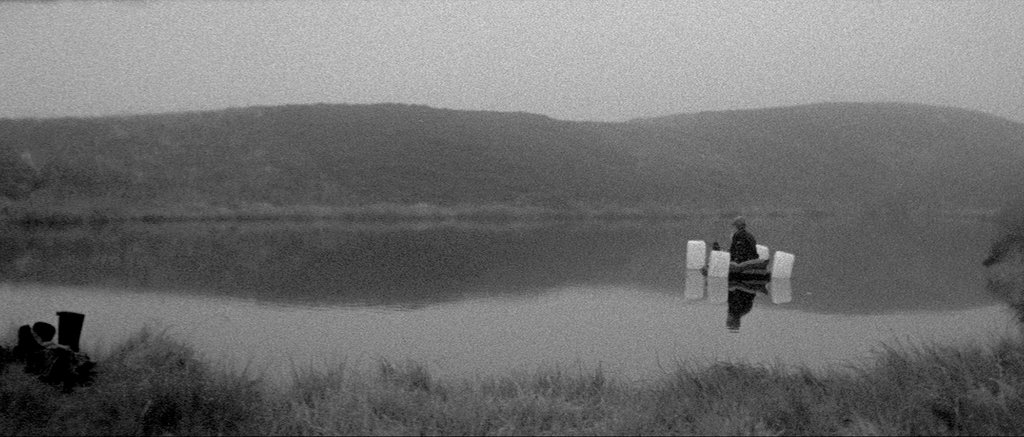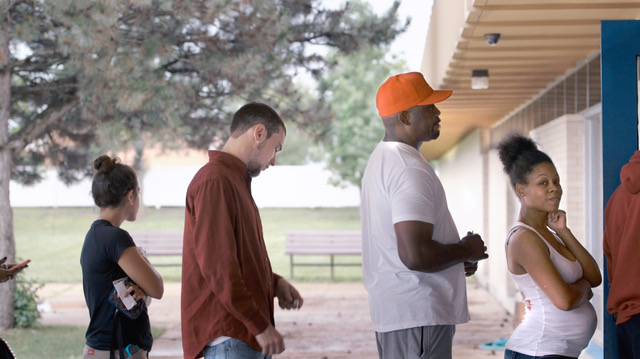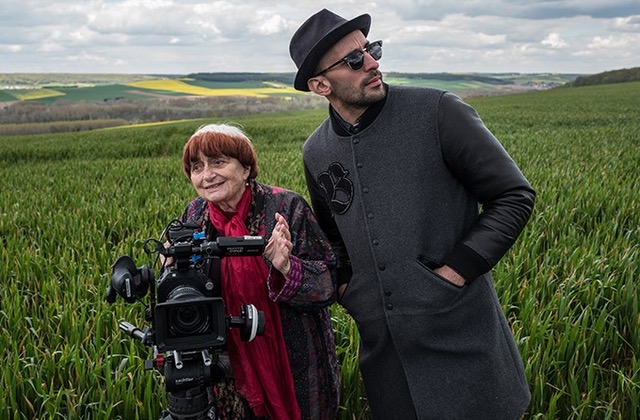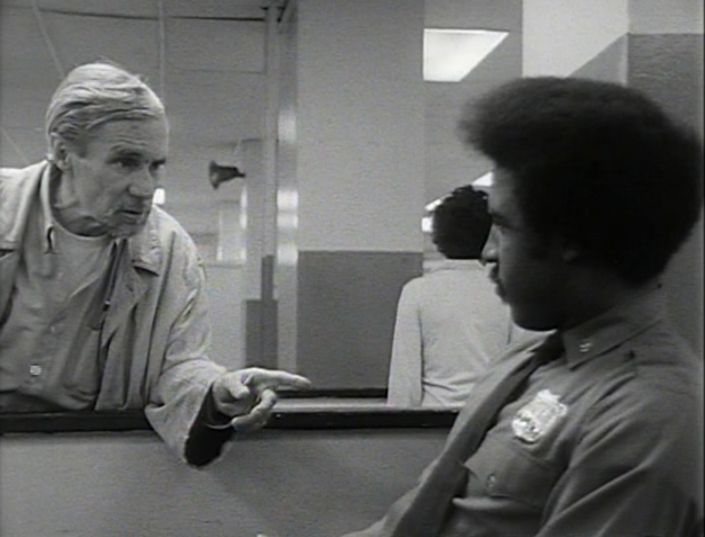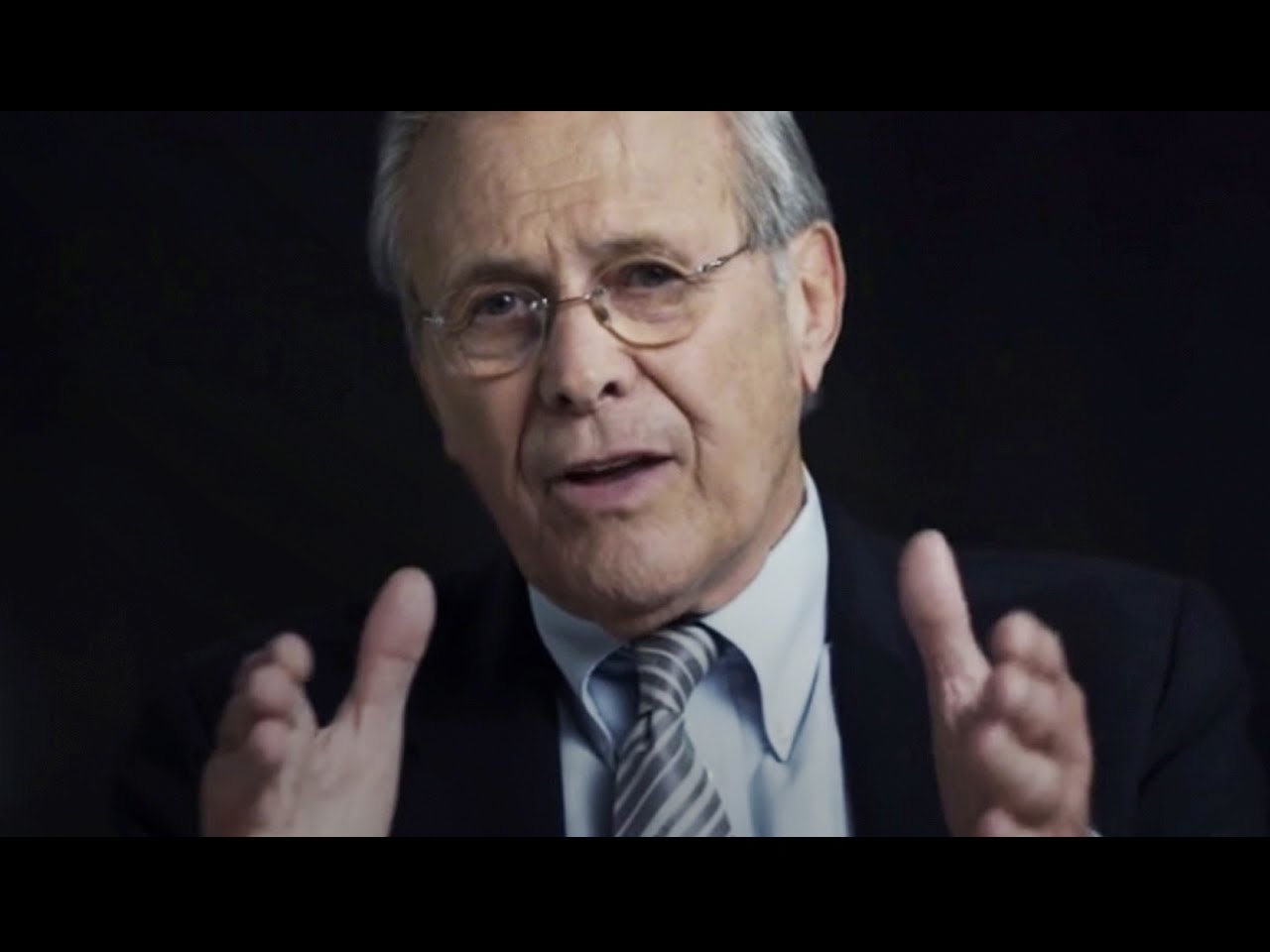Two Years At Sea
Director: Ben Rivers, Watched on: MUBI, Rating: 4/5. The British film artist Ben Rivers worked with only one other crew member, a soundperson, to capture the real-life rhythms of a hermit “played” by the not entirely hermit-like Jake Williams in Rivers’ 2011 film, Two Years At Sea, which I finally was able to see in 2017 on MUBI, the streaming site every cinephile should bookmark. Williams does indeed live in the cluttered wooden house in the forest that functions as the central location in the movie. He sometimes sleeps in a caravan (trailer) that, in the film, strangely levitates twenty feet to become a treehouse. His shower is a Rube Goldberg system of hoses and spouts connected to his kitchen sink. In fact, everything including the kitchen sink can be found in the nooks and crannies of his redoubt, a fortress of solitude that suits Williams most of the time, although–off camera–he apparently has friends and a grown child and a bit of an amateur music career at the local pubs. Williams is a reclusive man playing a fantasy version of himself in a fictional film that feels like a documentary. I preferred to think of it as the latter, albeit one with an essayist’s eye. Two Years At Sea is a riff on solitude, on daily toil, on the perfect life to be found in a succession of wasted days. Rivers, who shot the film on 16mm black-and-white film with a wind-up Bolex camera, was quoted as saying that "too much exposition is [...]

